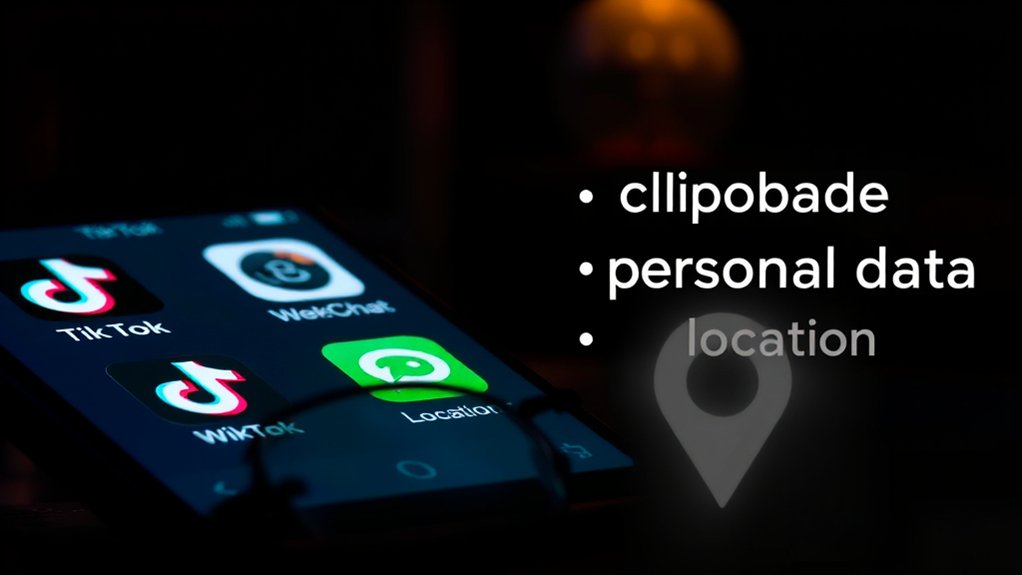In an alarming development for cybersecurity, the recently identified BERT ransomware group has rapidly expanded its operations across Asia and Europe, with confirmed incidents occurring as far afield as the United States. First identified in April 2025, BERT ransomware has swiftly targeted diverse organizations, particularly in high-stakes sectors such as healthcare, technology, and event services. This focus on critical infrastructure highlights BERT’s potential for significant economic and operational disruption.
The geographic reach of BERT emphasizes the growing threat of ransomware on a global scale, as its activities have been documented in countries renowned for their strong technology sectors. This rapid expansion suggests a strategic approach to exploiting vulnerabilities in high-value domains. With unpatched software creating easy entry points, organizations face increased risk of becoming BERT’s next target.
BERT’s global reach underscores a strategic exploitation of vulnerabilities in high-value tech sectors, intensifying the ransomware threat landscape.
BERT’s dual-platform capability allows it to indiscriminately strike both Windows and Linux operating systems, which is relatively uncommon among its counterparts. The Windows variant utilizes PowerShell loaders to deploy the malware, while the Linux version employs up to 50 concurrent threads for swift encryption, maximizing its impact on targeted systems. Additionally, BERT’s ability to disrupt critical services by terminating web server and database services before encryption is indicative of its strategic targeting.
Furthermore, BERT showcases sophisticated technical execution. It initiates attacks by disabling defenses, including antivirus solutions and firewalls, before deploying payloads that can terminate vital services related to web servers and databases. The encryption process, which uses the AES algorithm, appends a distinctive extension (.encryptedbybert) to affected files. These tactics not only cause immediate disruptions but also create a sense of urgency for victims through ransom notes demanding payment for decryption keys. This effective use of simple tools allows BERT to focus on reliable pathways for infections, enhancing its efficiency in carrying out attacks.
The implications of BERT’s operations are particularly concerning for sectors such as healthcare, where the integrity of sensitive data is crucial. The technology industry faces potential reputational damage and financial loss from service interruptions, while the events sector risks significant financial impacts during high-profile occurrences.
As BERT continues to evolve, its pervasive methods illustrate the increasing sophistication of ransomware threats and their capacity to inflict widespread harm.









